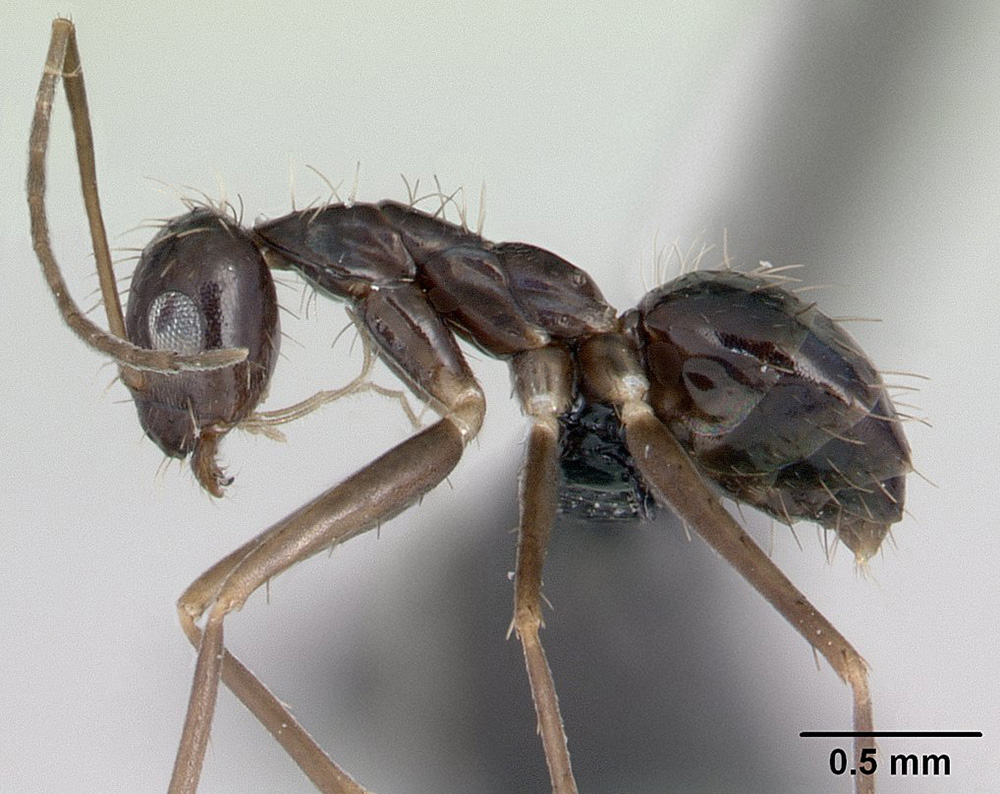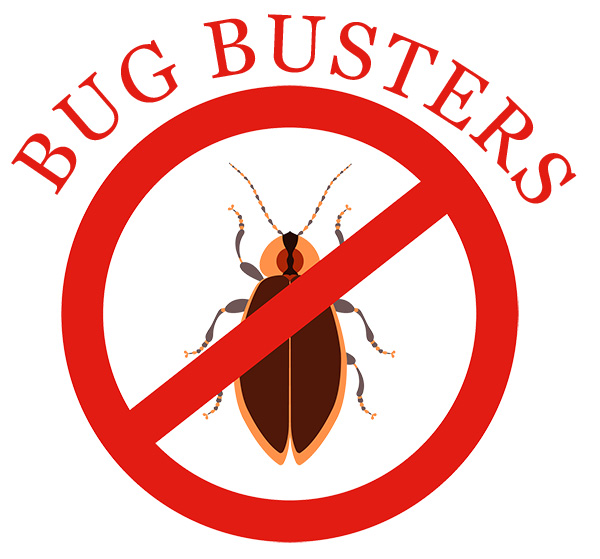Black crazy ants get their name because of their quick and erratic movements that seem to occur at random. The workers are small (approximately 2.3-3 mm) and are dark brown or blackish in color, except for the body (which has a bluish iridescence that’s very faint). They also have long, coarse, and sub-erect hairs (called “setae”) that are grayish or whitish in color. Their antennae have 12 segments without a terminal club, and they appear to be extremely long. Their legs also seem to be extraordinary long relative to their size. While they don’t have stingers, they may bite when they feel threatened. Once they do, they inject a formic acid secretion into the wound.
Black crazy ants might have originated in Southeastern Asia, but they were first seen in Florida during the 1930’s. By 1950, they were found in warehouses all over the eastern part of the United States. In 1984, black crazy ants were found as far west as California and Arizona. Since then, they have been spotted in New York, Massachusetts, Hawaii, Missouri, Virginia, and all the states along the Gulf Coast. Black crazy ants can be found both in homes and outdoors. They can get into houses, apartment buildings, hotels, and even parked cars. Because they can survive indoors regardless of the temperature, there’s no limit to the latitude in which they can exist.

Behavior of Black Crazy Ants
While black crazy ants are often found close to human dwellings, they always build their nests outdoors. They will typically have about 2,000 workers and 40 queens, and they can live in habitats that are either very dry or relatively moist. In Florida, members of the colony that are sexually mature are raised during the warm and rainy months. But in other parts of the country, these “alates” can be produced any time of the year. Workers will typically feed on any of the following:
- Live or dead insects.
- Seeds and fruit.
- Household foods.
- Honeydew excreted by aphids.
Black crazy ants have been known to collect small seeds from crops (such as lettuce or tobacco) from seedbeds, which keeps these plants from being established in time for the new growing season. But the one thing that makes these insects such an ecological menace is their feeding behavior. They can forage at long distances away from their nests, which makes them harder to control. Because they’re closely associated with disturbing human habitats, they can be easily spread by human activity. This makes black crazy ants harder to control, which is amplified by the fact that they can survive almost anywhere. They have also been seen displacing native ants and other invertebrates from their natural habitats, which makes them a much larger threat (especially when you consider the ecological importance of ants and other insects).
Controlling and Preventing an Infestation of Black Crazy Ants
Keeping your house clean and your food protected can go a long way toward the prevention of black crazy ants. Caulking and weather-stripping around the exterior (especially along points of entry) can also help. Indoor chemicals (along with a pesticide called “Termidor”) can be used to keep black crazy ants from getting into your home. The same pesticide can also be used as an outdoor treatment and should be sprayed around the perimeter of your home.
If you have an infestation of black crazy ants and are looking for a place that does pest control in Corpus Christi, be sure to get in touch with Bug Busters Pest Control.

